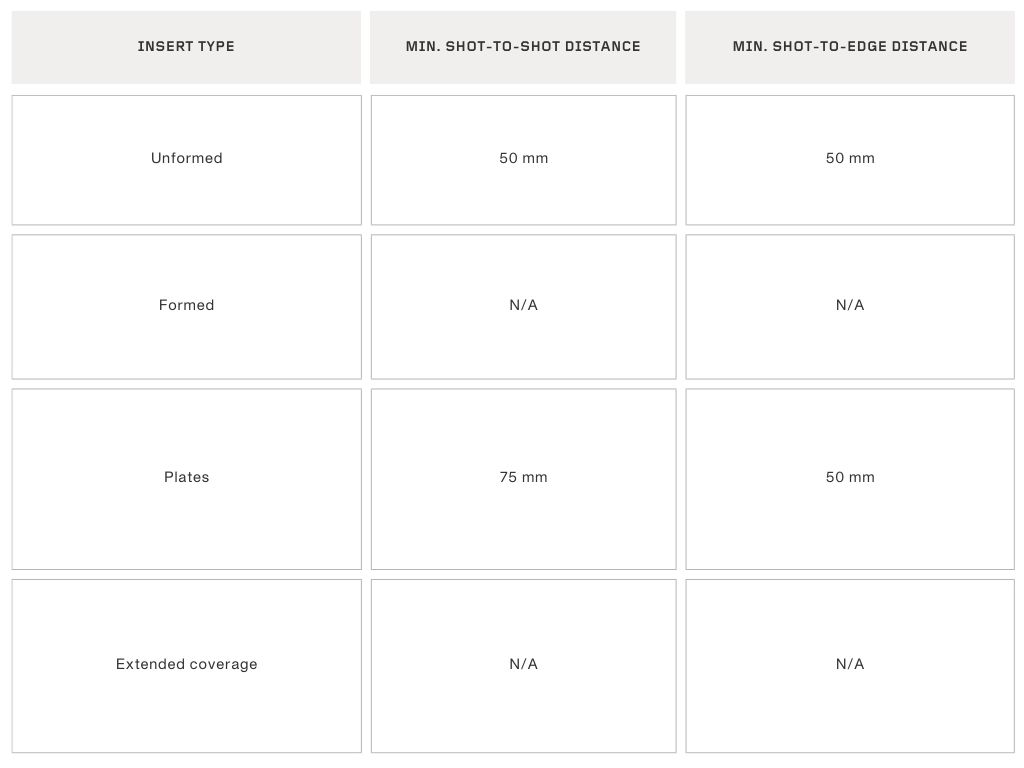
Explanation of NIJ standard 0101.06


Since 1993, the UK Home Office has established testing standards for bulletproof and stab-proof vests, with significant advancements made over the years. Test methods have evolved through research and experience, ensuring body armor is tested against the latest and most sophisticated threats.
The Home Office Body Armor Standard 2017 sets the minimum requirements for testing bulletproof and stab-proof vests for the UK police. These requirements were developed through consultations with national police, police associations, end users, manufacturers, testing laboratories, and technical experts. As a result, the 2017 standard is designed to provide comprehensive protection against emerging threats.
The difference from HOSDB Body Armor Standards for UK Police 2007 is as follows:
The Home Office Body Armor Standard 2017 classifies different types of bulletproof and stab-proof inserts. For instance, most bulletproof vests for men use flat inserts, while vests for women feature shaped inserts at the chest. This distinction requires different testing methods, as the armor is designed for two distinct user groups.
Unformed armor (flat vests)
Flat bulletproof vests are generally designed for men. These are the conventional bulletproof or stab-proof vests, with inserts that remain completely flat when placed on a surface. If a vest is designed for women, it should be tested under the standards for formed armor, as it will have a shaped design.
Formed armor (shaped vests)
Shaped vests are designed with contoured inserts to follow the body’s natural shape. This includes bulletproof vests for women or polycarbonate stab-proof vests, which are pre-shaped to fit the body, similar to the armor worn by knights.
A ballistic hard armor plate must be tested either as a stand-alone unit or in conjunction with the specific type of bulletproof vest it will be paired with. When a hard armor plate is used alongside an unformed (flat) bulletproof vest, both must be tested together. Conversely, if a plate is intended for use with a shaped vest for women, the testing must be conducted accordingly.
For testing flat bulletproof vests, a flat clay background is used to measure the depth of the bullet impact, known as blunt trauma. In contrast, vests designed for women are tested on a torso shaped to reflect the female body, providing a more accurate representation of the vest’s real-world performance during a bullet or knife impact. This ensures that a vest designed for men is not simply adapted for women without appropriate testing.
As a result, body armor for men and women must undergo separate testing, whereas previously testing one design might have sufficed. For men’s vests, the backface signature (the measure of bullet impact depth) is tested using a flat background made from a specific type of clay, which aligns with NIJ standards. This clay mimics the depth of impact and has a maximum permissible depth for bullet penetration.
For bulletproof vests designed for women or those with a molded shape, shaped armor is used as backing material, known as formed armor testing. This specialized testing ensures the vest provides the required protection based on its unique design.
The enhanced requirements for formed armor testing and flat testing provide greater safety for end users, as the tests are now tailored to specific body types. Previously, testing standards were broader and applied uniformly to both men and women. However, with the new standards, body armor must be tested separately for each, ensuring a higher level of accuracy and protection based on the unique needs of individual users.
According to ISO 811:1981, all bulletproof and stab-proof inserts must be sealed in a completely waterproof cover to prevent exposure of ballistic and stab-resistant materials to moisture or any liquids. This requirement is rigorously tested and verified by CAST (formerly HOSDB) through regular inspections to ensure compliance.
Before detailing the specific bullets each protection level must stop, it is essential to outline the requirements for a shot to be considered “approved” within the testing protocol.
A bulletproof vest or ballistic plate must meet the following criteria for each test shot:
In addition, a fair strike shall be recorded if:

*The shot must be fired so that it hits with an angle of 90 degrees unless other is specified.
If the shots comply with the following, they will be categorized as a “Fair Strike”, and referred to as a correct shot according to the Home Office Body Armor Standard 2017.

*7.62×39 mm details can be found in appendix D.
**A Ballistic plate tested to HO4 also needs to meet the requirements for HO3.
The following levels of protection below are special threats that you can choose to test against, as it is different for the UK police what type of ammunition they use.
